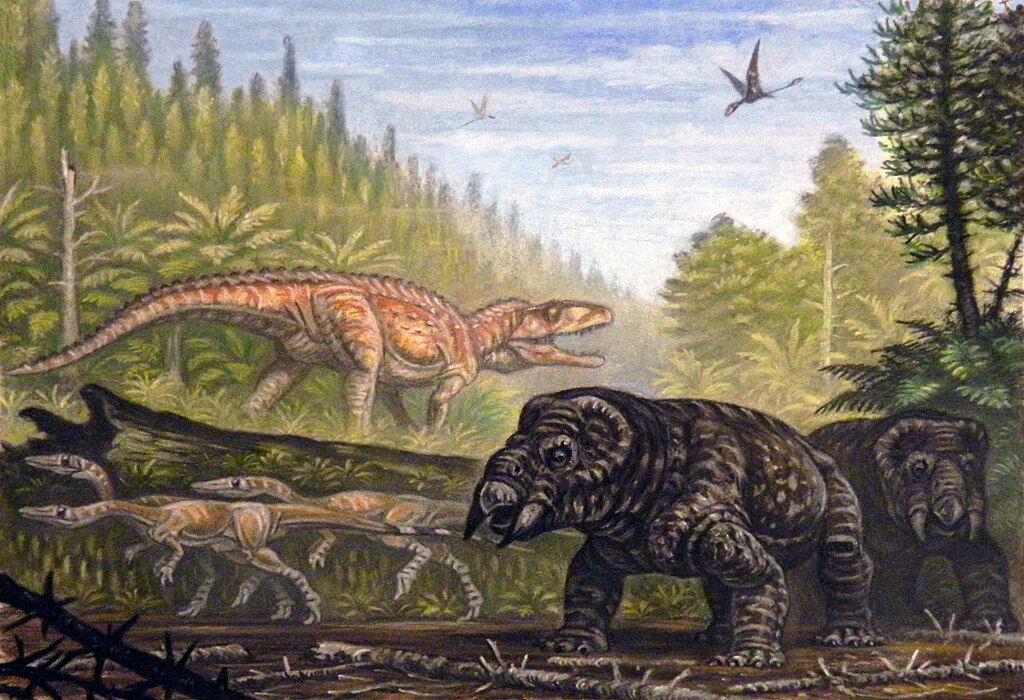Stepping into a place where dinosaurs once walked is like stepping into a time machine. Picture this: you’re looking down at a perfectly preserved footprint in stone, knowing that millions of years ago, a massive creature placed its foot in exactly the same spot. These prehistoric stepping stones are scattered across the United States, waiting to transport you to an era when giants ruled the Earth.
The fascination with dinosaur tracks goes beyond mere curiosity. Unlike skeletal remains locked away in museums, these fossilized footprints let you walk in the literal footsteps of creatures that vanished long before humans existed. From the scorching deserts of the Southwest to the frozen wilderness of Alaska, America’s dinosaur tracks tell stories of migration, family groups, and daily life that bones alone never could. Let’s explore the most remarkable places where you can witness these ancient testimonies firsthand.
Connecticut: Dinosaur State Park
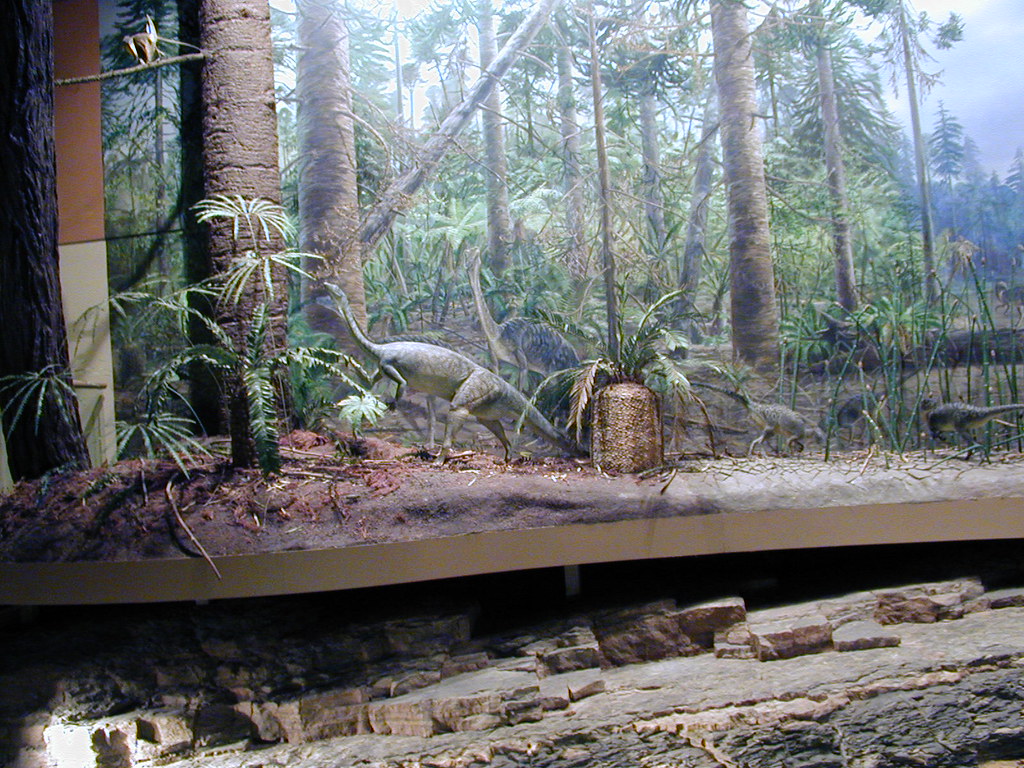
Connecticut might seem like an unlikely place for dinosaur discoveries, yet the fossils of Dinosaur Trackway NNL were completely unknown until August 23, 1966, when bulldozer operator Edward McCarthy uncovered footprints while excavating for a planned Connecticut State Highway Department laboratory at Rocky Hill.
Dinosaur State Park, located in Rocky Hill, Connecticut, has over 500 visible dinosaur tracks from the early Jurassic period visible and preserved. Over 2000 tracks were initially identified, but 1500 of them were buried to keep them preserved. You can see 500 of them on display, however, underneath a protected geodesic dome.
Massachusetts: Dinosaur Footprints Reservation
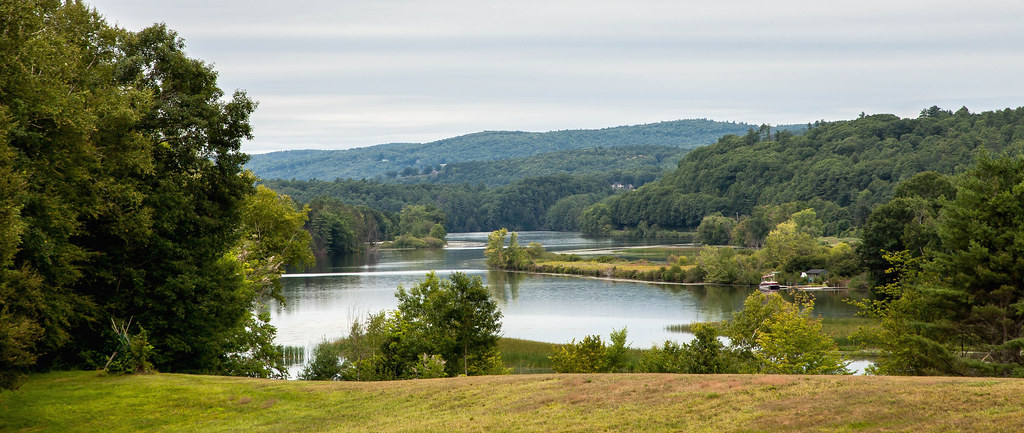
The entire Connecticut River Valley region once existed as a mix of subtropical wetlands and shallow lakes about 200 million years ago. Since their discovery in 1802, this region has been recognized for its wealth of prehistoric footprints.
In fact the Connecticut River Valley region has dinosaur tracks scattered throughout, but the Dinosaur Footprints Reservation in Holyoke which covers 8 acres is most well known. There are hundreds of dinosaur footprints (almost 800!) from both small and large dinosaurs, including a relative to T-rex.
Texas: Dinosaur Valley State Park
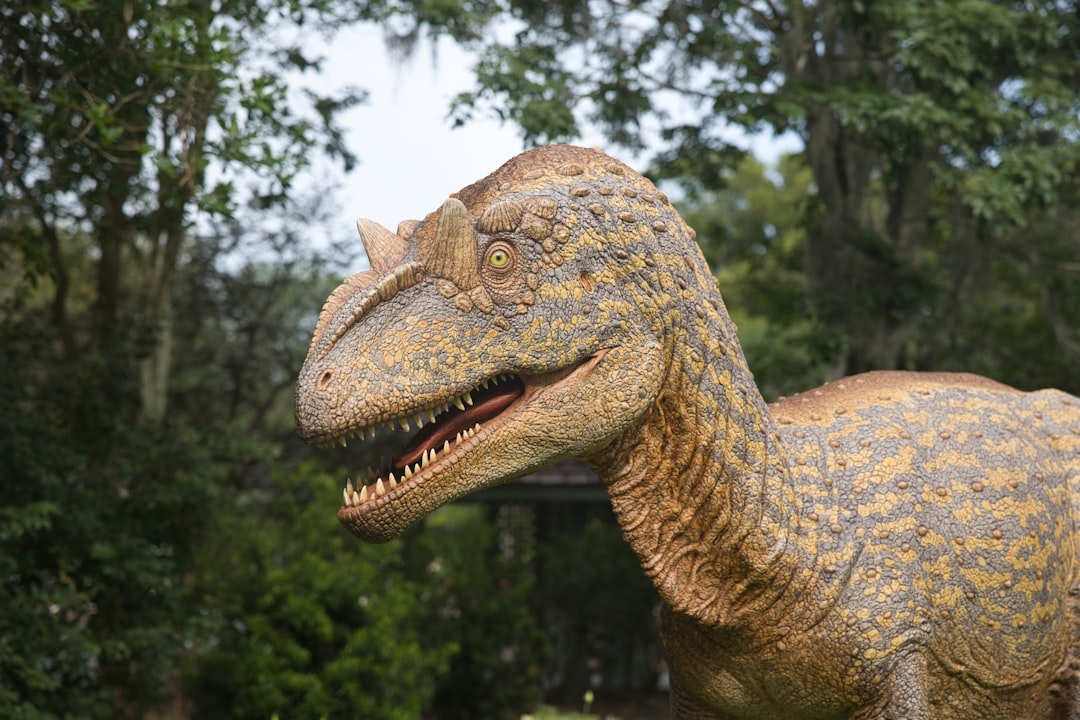
Dinosaur Valley State Park, about 70 miles southwest of Dallas, has dinosaur tracks down the Paluxy River that you can walk inside of! One thing to note, however, is that since many of the dinosaur tracks are in the riverbed, they are not always visible.
The park boasts credentials as “a world-class dinosaur track site in the sheer number of tracks, the high number of species and the incredible level of detail”. Dinosaur Valley, opened in 1972, is the largest, best-known track site in Texas, and the first fossil-focused park of its kind in the Lone Star State.
Utah: St. George Dinosaur Discovery Site
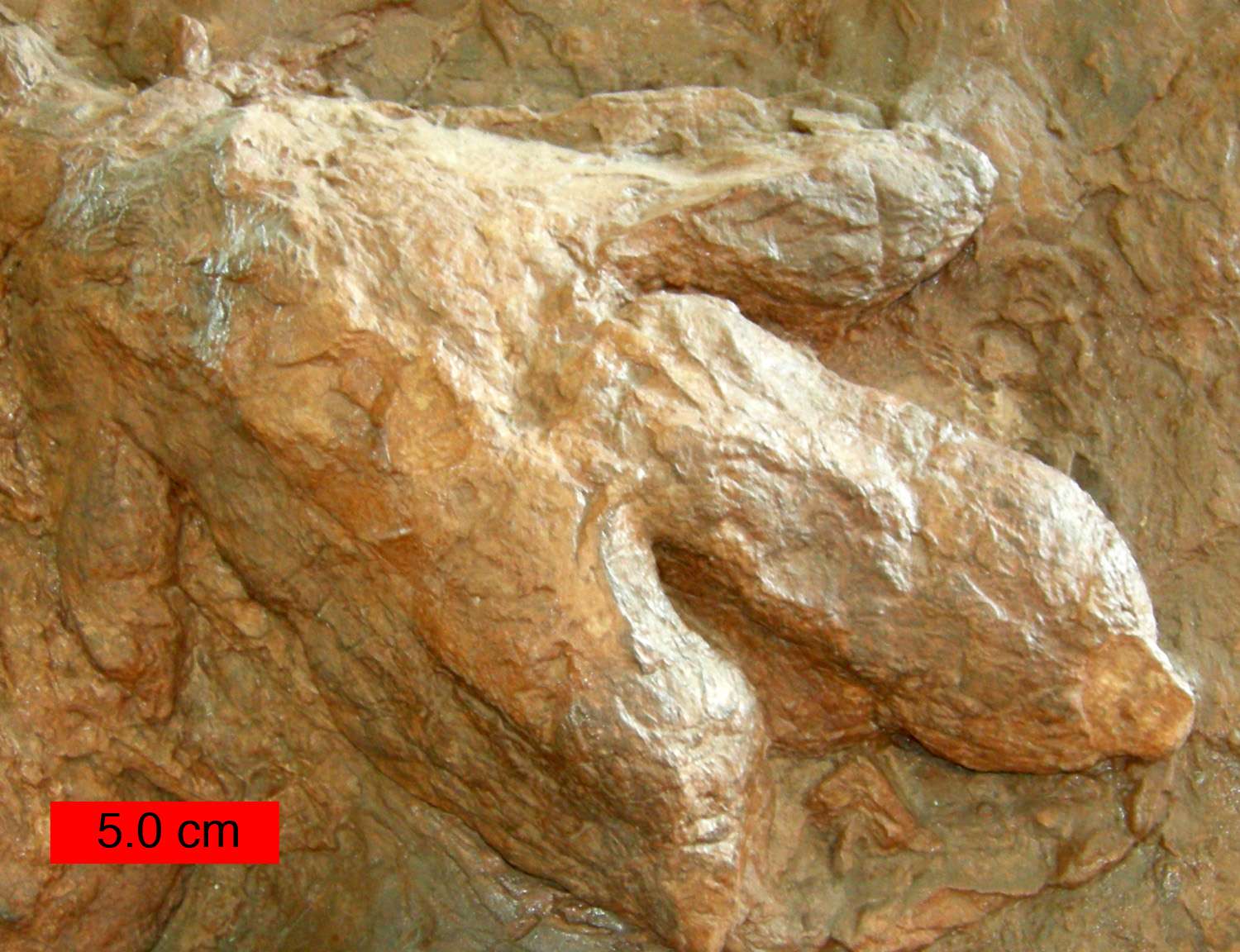
Tucked away in the southwest corner of Utah is the St. George Dinosaur Discovery Site at Johnson Farm. Tracks from both herbivorous and carnivorous dinosaurs are found here. Many other types of fossils have been found here – not just dinosaur tracks!
They have a pretty cool interior museum, self-guided of course. You’ll also find an outdoor park area with a sandbox for kids!
Utah: Red Cliffs Dinosaur Track Site
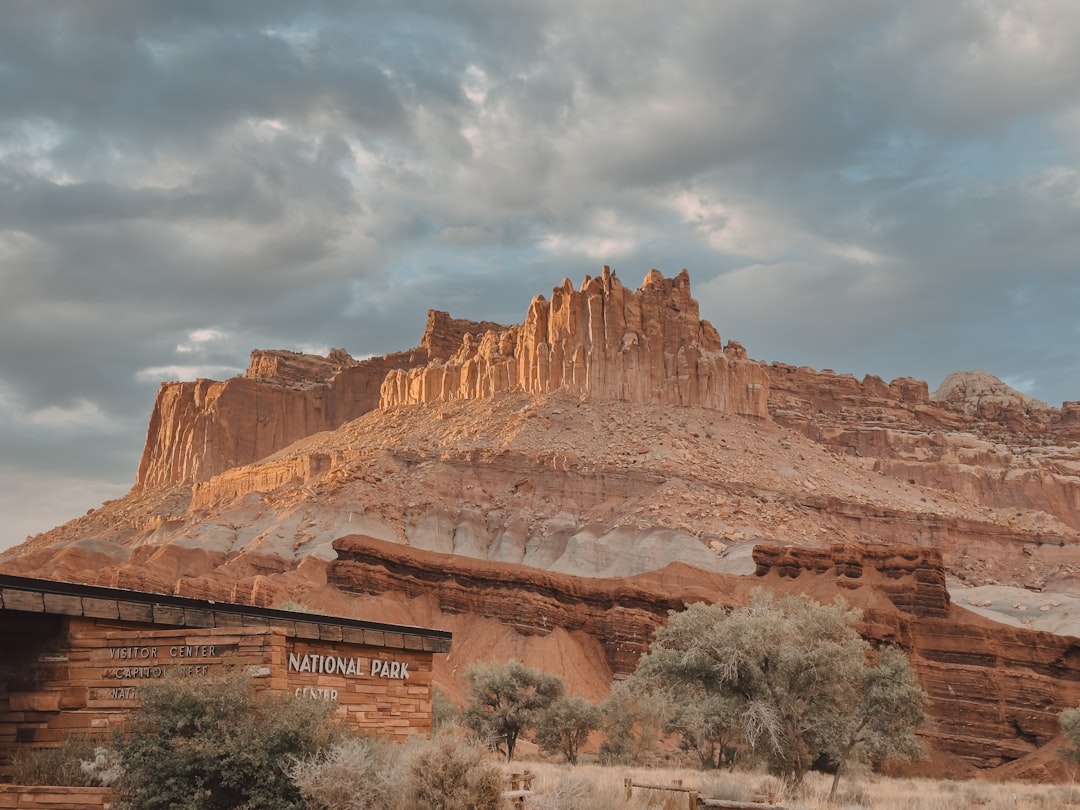
Preserved in the rocks of the Red Cliffs National Conservation Area is evidence that dinosaurs once roamed this area millions of years ago. Fossil footprints, or tracks, were first discovered in these sandstone cliffs in 1998, and are aiding scientists in their understanding of ancient life. When this track site was re-examined in 2012, paleontologists found 17 tracks and identified them as Grallator and Kayentapus.
Paleontologists suggest the Grallator and Eubrontes tracks have been made by Megapnosaurus and Dilophosaurus. The dinosaur linked to the Kayentapus track remains unknown.
Utah: Red Fleet State Park
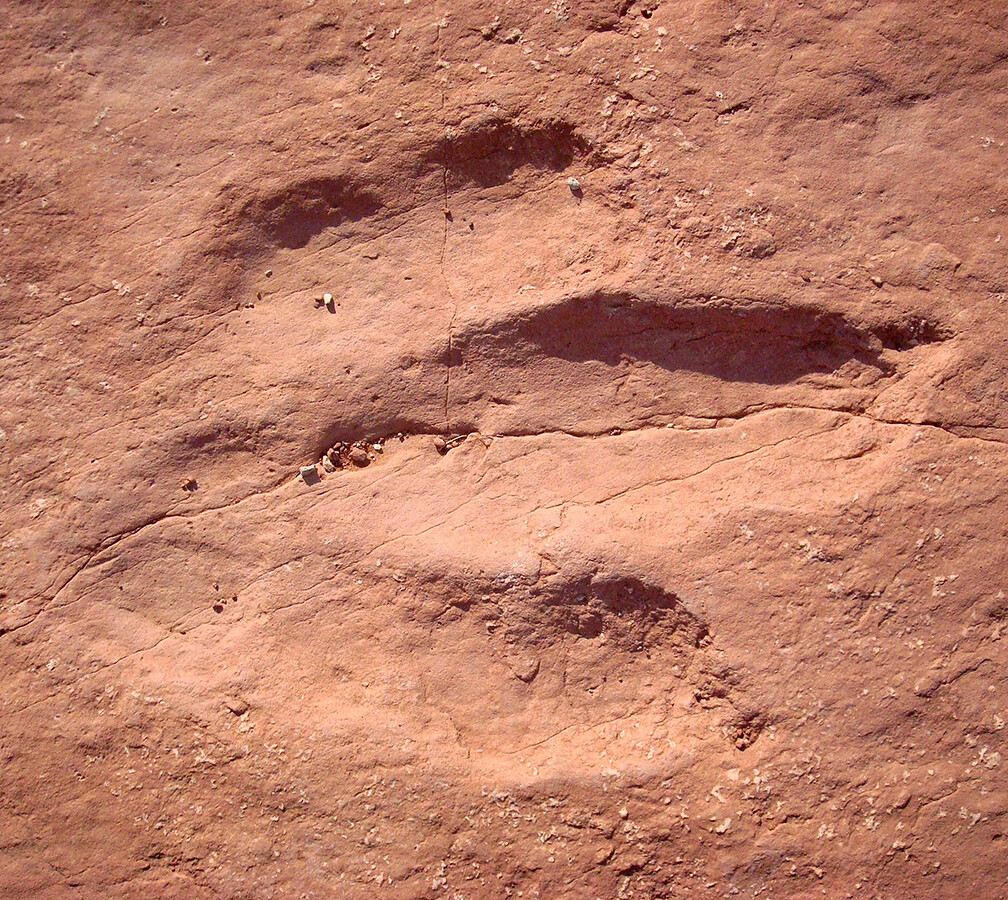
North of Vernal in Red Fleet State Park you’ll find several hundred Dilphosaurus tracks on a thin layer of sloped sandstone. The amount of tracks you can see at any given time will depend on the water level of the reservoir.
This site represents one of Utah’s most accessible dinosaur track locations, though visiting requires patience since water levels fluctuate seasonally.
Colorado: Dinosaur Ridge
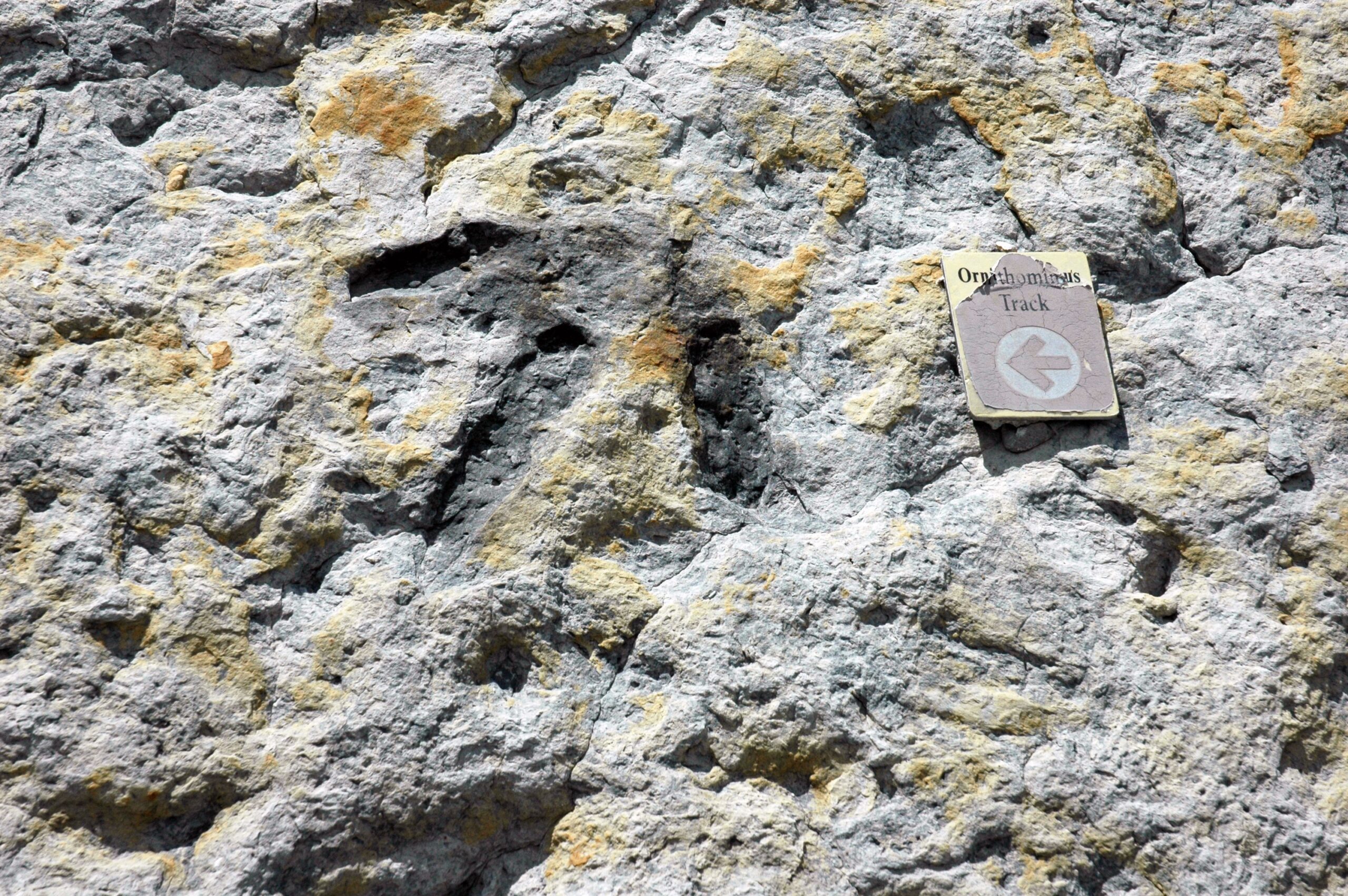
One easily accessible fossil site along the Dinosaur Freeway is the Dinosaur Ridge portion of the Morrison-Golden Fossil Area National Natural Landmark near Denver, Colorado. This area contains many ornithopod and theropod tracks. The tracks are found in different layers of sandstone, indicating that the animals walked through the area at different times.
Dinosaur Ridge in Morrison, Colorado, (about 20-30 minutes from Denver), has an impressive trail of fossils and yes – dinosaur tracks!
Oklahoma: Black Mesa Nature Preserve
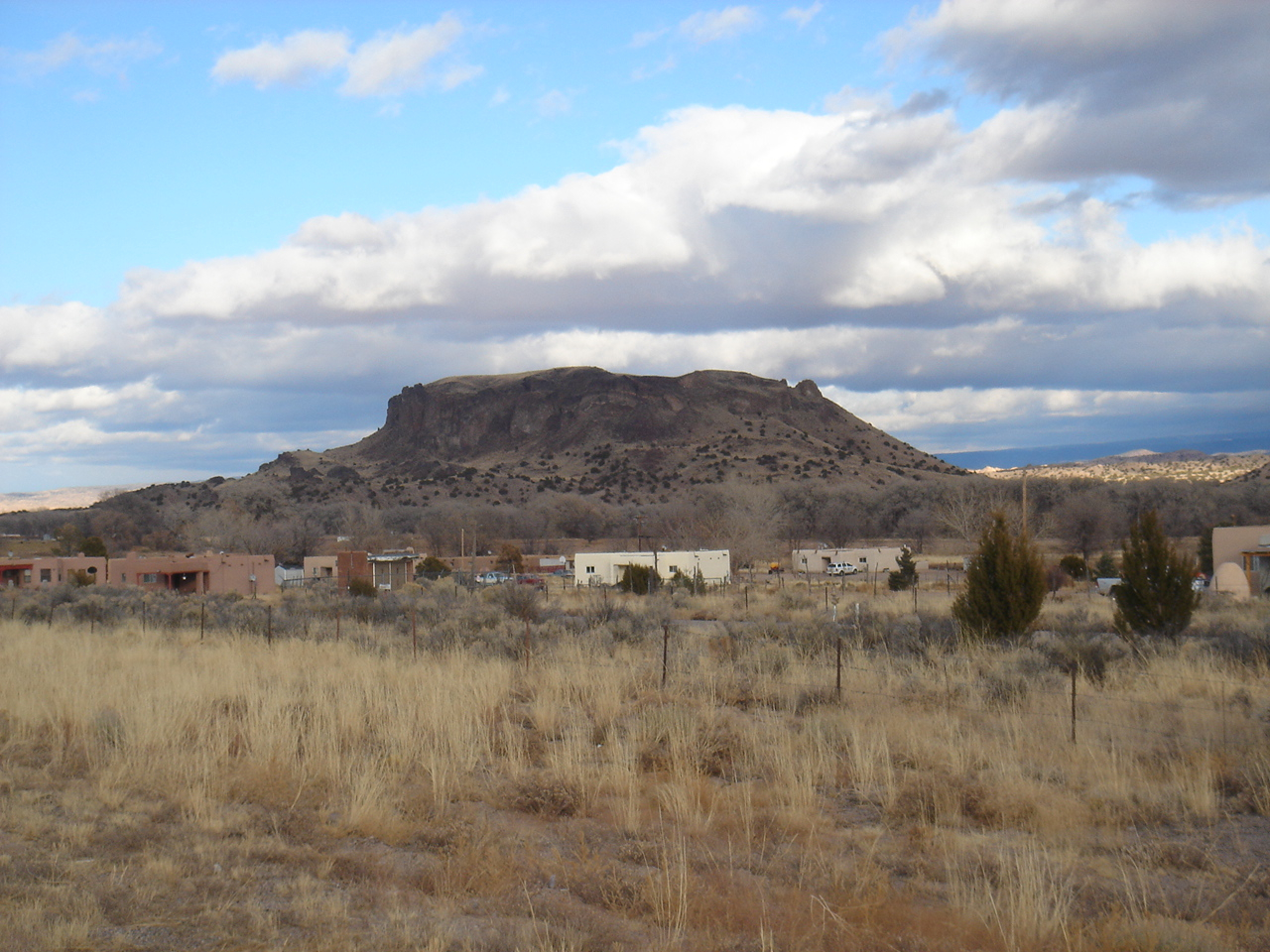
The dinosaur tracks in the Black Mesa Nature Preserve (the highest point in Oklahoma!) are preserved in sandstone next to Carrizo Creek.
This remote location offers visitors a chance to see tracks in their natural setting while enjoying panoramic views from Oklahoma’s highest elevation.
Nevada: Warner Valley Dinosaur Track Site
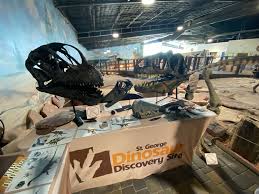
Practically neighbors to the St. George site is the Warner Valley Dinosaur track site. There are over 400 tracks in this remote area and you can even see toe pads and claw marks here! These are believed to be from the lower Jurassic period.
Through a small step over and down a dusty trail we find a flat piece of rock that once was a muddy stream bank and there, clear to see, are dinosaur footprints that looked just like they had been formed yesterday. Seeing dinosaur fossils in a museum is one thing, but seeing the marks made by these creatures, still on the ground all these millions of years later, is on another level.
Alaska: Denali National Park and Preserve
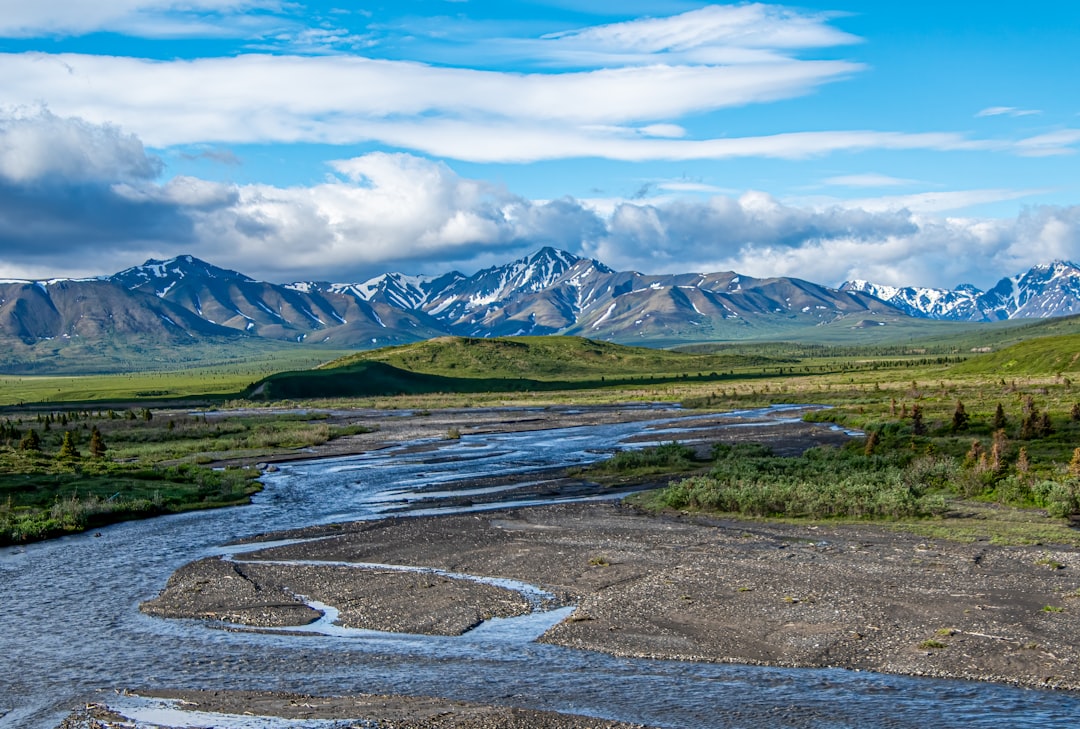
The fossil track at Denali was the first evidence of dinosaurs found in Interior Alaska. Since 2005, Fiorillo has found many more dinosaur fossils in Denali, and also in Yukon-Charley Rivers National Preserve and Wrangell-St. Elias National Park and Preserve.
University of Alaska Fairbanks scientists have discovered and documented the largest known single dinosaur track site in Alaska. The site, located in Denali National Park and Preserve, has been dubbed “The Coliseum” by researchers. The Coliseum is the size of one-and-a-half football fields and contains layer upon layer of prints preserved in rock. The site is a record of multiple species of dinosaurs over many generations that thrived in what is now Interior Alaska nearly 70 million years ago.
Conclusion: Walking With Giants
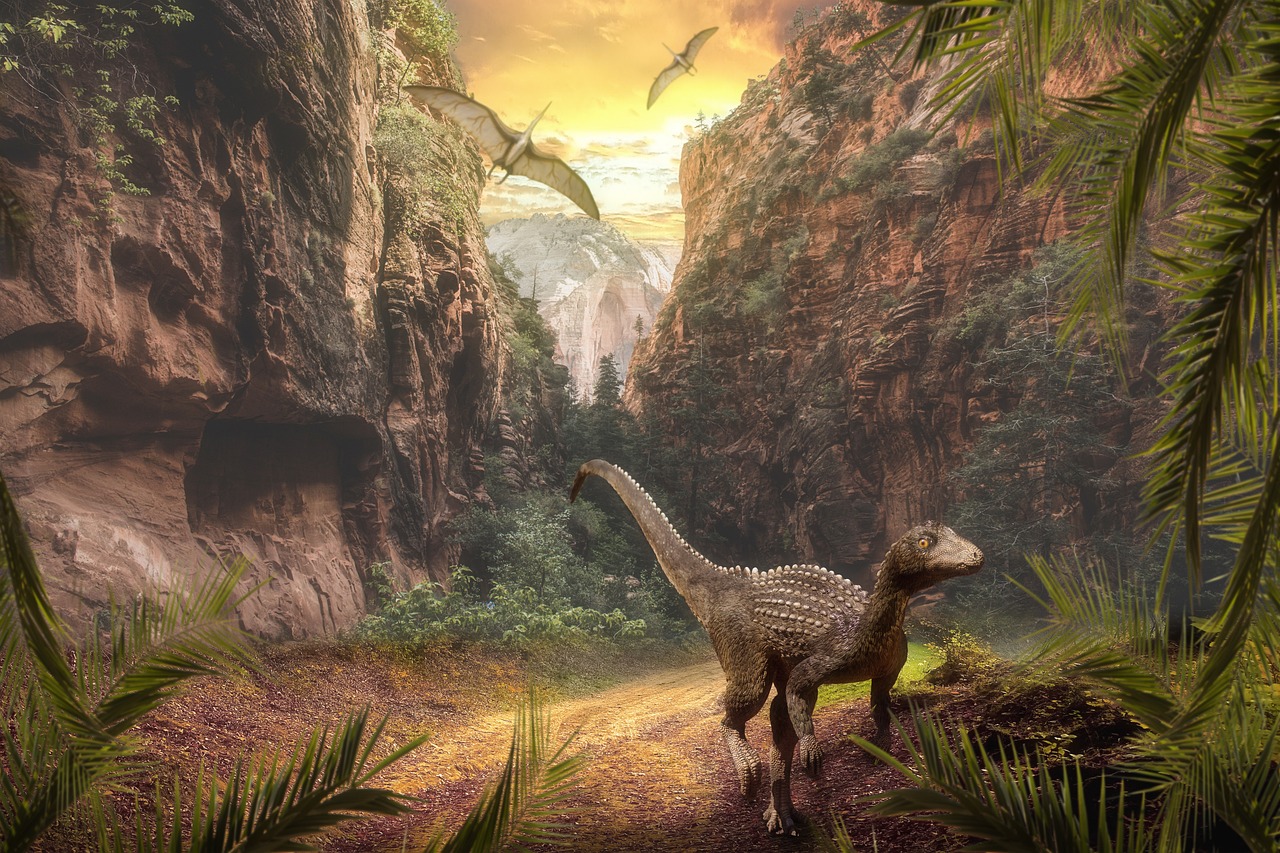
These incredible sites across America offer more than just a glimpse into the distant past. They provide tangible connections to creatures that once dominated our planet, allowing us to literally follow in their footsteps. Each trackway tells a unique story, whether it’s the family groups of hadrosaurs in Alaska’s frozen wilderness or the ancient migrations along Colorado’s Dinosaur Freeway.
The preservation of these sites represents millions of years of perfect timing. The right mud consistency, rapid burial, and geological luck all had to align for us to witness these prehistoric testimonies today. What makes this experience even more remarkable is knowing that these aren’t replicas or reconstructions, but actual evidence of life from an unimaginably distant era. Did you expect to find dinosaur tracks in your own backyard?


